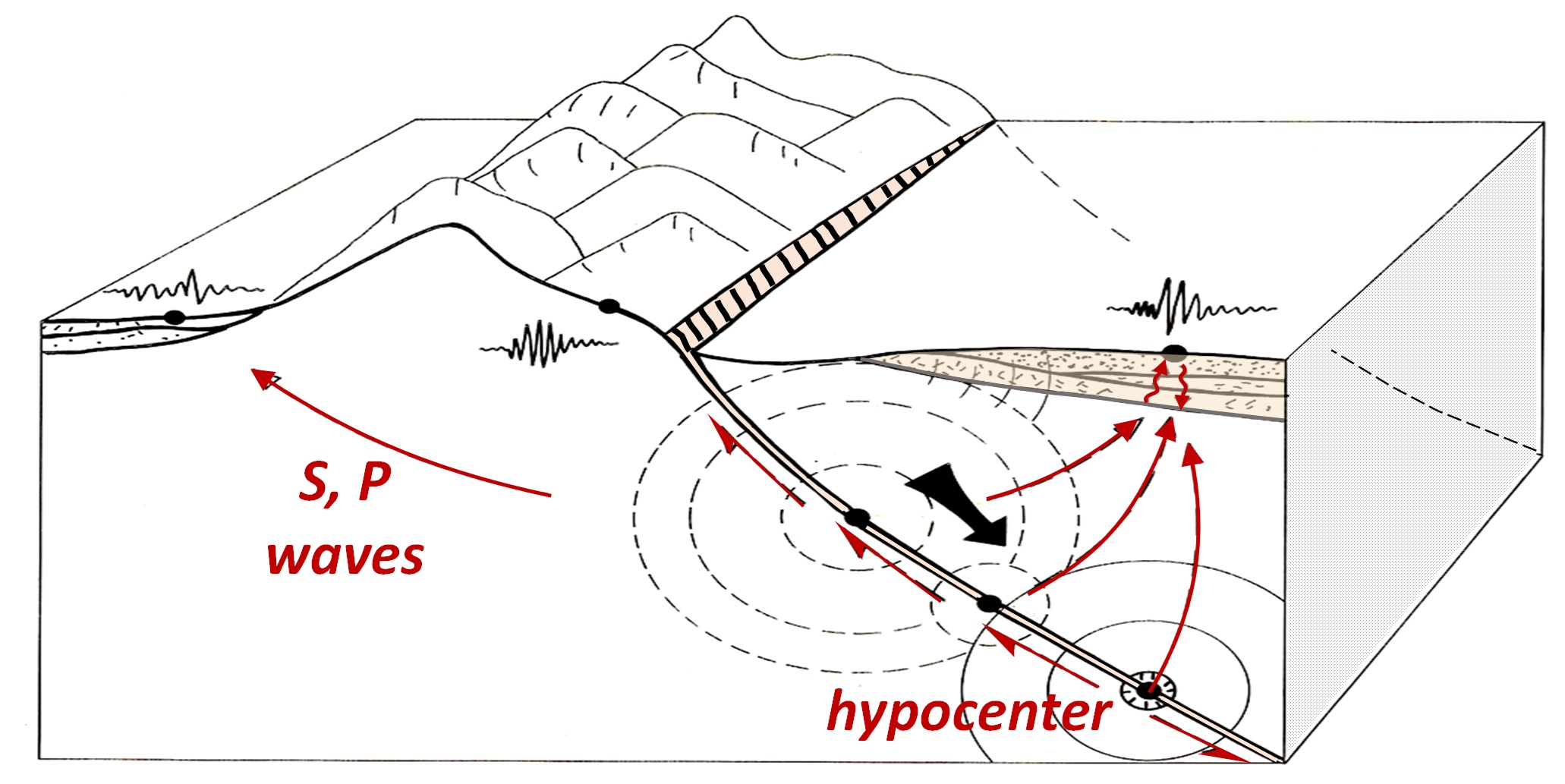Soil Dynamics
Lecturers
Prof. I. Anastasopoulos, Dr. A. Marin, Dr. T.M. Weber, Dr. L. Sakellariadis
Assistants
Dr. L. Jones
Objective
The course introduces the fundamentals of soil dynamics and its application to earthquake engineering and machine vibrations. After an introduction to soil dynamics and its main differences to soil mechanics, the students are introduced to engineering seismology, ground motions and seismic hazard assessment. This is followed by dynamic soil properties, wave propagation theory, ground response and local site effects, and soil liquefaction. The course is corroborated by special topics, including dynamic slope stability, seismic design of retaining walls, soil-structure interaction, machine vibrations, and special design against faulting. Working in groups, the students have to complete a semester-long coursework dealing with the preliminary seismic design of a viaduct bridge, which includes the key soil dynamics tasks that a practicing engineer would need to address.

Contents
- Introduction to engineering seismology
- Strong ground motion, seismic hazard assement (deterministic and probabilistic)
- Dynamic soil properties, constitutive models
- Wave propagation theory (1D and 3D, layered soils)
- Ground response, equivalent linear method (SHAKE)
- Local site effects, the case history of the 1985 Mexico earthquake
- Soil liquefaction, susceptibility, potential and its effects on structures
- Seismic slope stability
- Seismic design of retaining walls
- Soil-structure Interaction, simple examples of bridge response
- Machine Vibrations
- Design against faulting
Course catalogue
Downloads (password protected): protected page Moodle